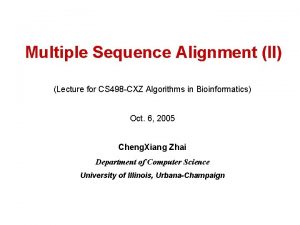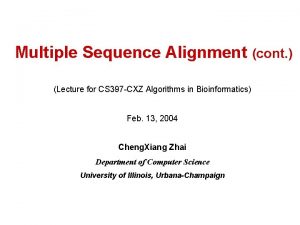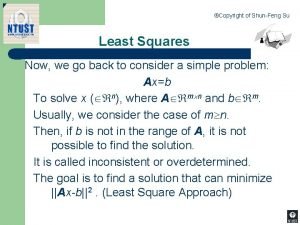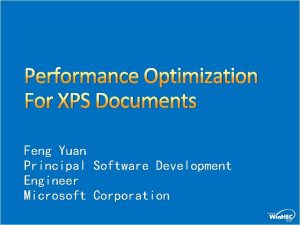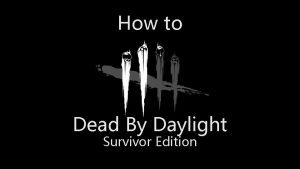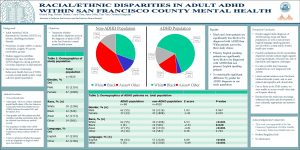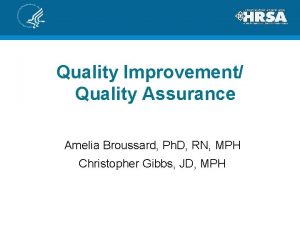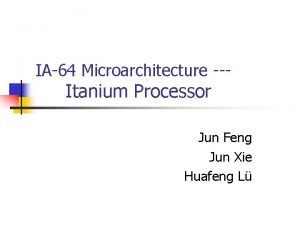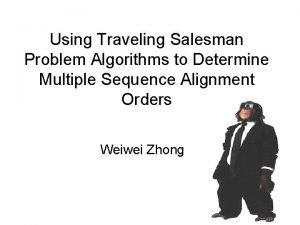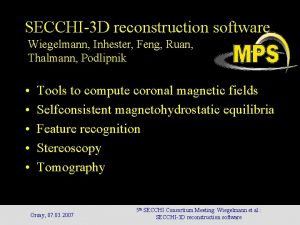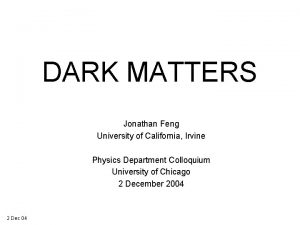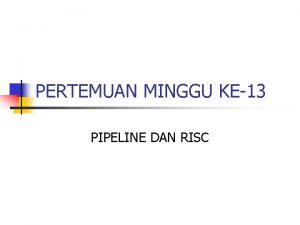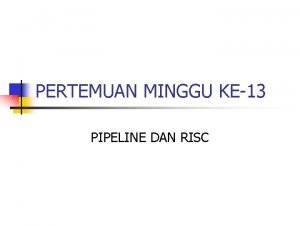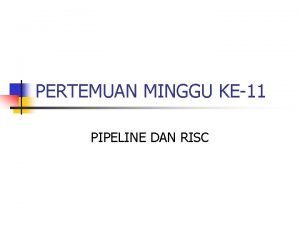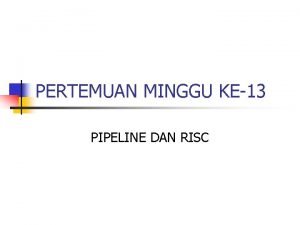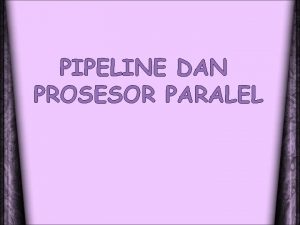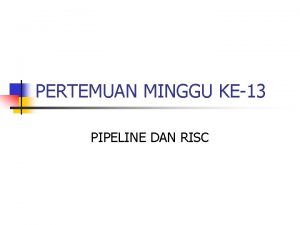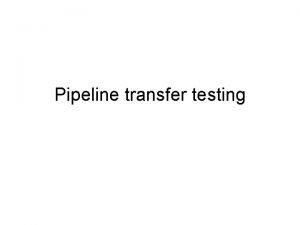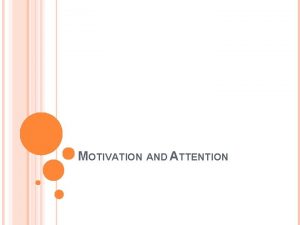Feng Wang Motivation Training and Testing Pipeline Preliminary




























- Slides: 28

Feng Wang

Motivation •

Training and Testing Pipeline

Preliminary Experiments • Normalization term is critical in testing phase. Cosine Similarity: Note: Pretrained model from https: //github. com/ydwen/caffe-face

Why is normalization so effective? • A toy experiment on MNIST. • Network: 8 -layer CNN. • Change the feature dimension to be 2. • Each point corresponds to one 2 D feature from test set.

Angular is a good metric for verification counter-example for Euclidean distance counter-example for inner-product

Why is the distribution in this shape?

Softmax is soft-max • argmax operation is scale invariant. • Softmax is the soft version of max.

Norm is related with recognizability Figure credit: L 2 -constrained Softmax Loss for Discriminative Face Verification, Rajeev et al, ar. Xiv 1703. 095

Bias term • Don’t use bias term in the inner-product layer before softmax.

Optimize cosine instead of inner-product • Inner-product: • Cosine: • Normalization layer: • Gradient:

It’s not so easy • After using cosine to replace inner-product layer, the network cannot converge. • An extreme case: Softmax loss gradient(w. r. t. softmax activation): 9999 class 1 class Easy sample’s gradient ≈ hard sample’s gradient Difficult to converge. In practice, the lowest loss is ~8. 5 (initial loss: ~9. 2).

Formal mathematics The lower bound for 10, 000 classes: 8. 27 Very close to the real value: 8. 5

Solution • Add a scale parameter. Similar solution used in Batch Normalization, Weight Normalization, Layer Normalization. The scale is learned as a parameter of CNN.

Another solution • Normalization is very common in metric learning. • Seems that they don’t have converge problem. • Popular metric learning loss functions: • - Contrastive Loss • - Triplet Loss

Metric Learning has sampling problem • When the training sample’s amount is huge, such as 1 Million, we need to train 1 M*1 M pairs to do metric learning. • Usually we need hard mining. • Difficult to implement. • Difficult to tune the hyperparameters.

Re-formulate metric learning loss • Normalized-Softmax: • Reformulate metric learning Contrastive Loss Triplet Loss


Results

Results

Drawback • All the experiments are finetuned based on other models (trained with softmax loss) • When training from scratch, the performance is comparable with state-of-theart works, but cannot beat them. Loss surface for softmax cross-entropy loss.

Some recent progress

Classification and Metric Learning Classification: Metric Learning: This model is good for classification(>99%), but not good for metric learning.

Large margin softmax Liu W, Wen Y, Yu Z, et al. Large-Margin Softmax Loss for Convolutional Neural Networks, ICML 2016 Liu W, Wen Y, Yu Z, et al. Sphere. Face: Deep Hypersphere Embedding for Face Recognition CVPR 2017

Classification loss for Metric Learning If the average angle span of the classes is θ, the margin should be larger than θ to ensure Liu W, Wen Y, Yu Z, et al. Sphere. Face: Deep Hypersphere Embedding for Face Recognition CVPR 2017

Large margin can be achieved by tuning s s=1 s=7 s=11

Large margin can be achieved by tuning s Softmax on low scale Softmax on high scale

Set smaller scale for positive score positive scale = positive scale * 0. 75 LFW 6000 pairs: 99. 19%->99. 25% LFW BLUFR: 95. 83%->96. 49% s=15
 Linear and nonlinear pipeline
Linear and nonlinear pipeline Pipelining and superscalar techniques
Pipelining and superscalar techniques Pipeline testing services
Pipeline testing services Feng doolittle algorithm
Feng doolittle algorithm Feng doolittle algorithm
Feng doolittle algorithm Feng guo symmetry
Feng guo symmetry Flip feng shui
Flip feng shui Viento y agua 4 pilares
Viento y agua 4 pilares Su squares
Su squares Feng's classification in computer architecture
Feng's classification in computer architecture Feng yuan microsoft
Feng yuan microsoft Feng shui
Feng shui Wayne feng
Wayne feng Feng shui floor plan analysis
Feng shui floor plan analysis Fung joe guey
Fung joe guey Meet kevin teachables
Meet kevin teachables Feng suave vpro
Feng suave vpro Richard feng
Richard feng Benefits of feng shui
Benefits of feng shui Pupuk feng shou untuk ternak
Pupuk feng shou untuk ternak Zuofeng zhang
Zuofeng zhang Jonathan feng white & case
Jonathan feng white & case Xie jun feng
Xie jun feng Feng lu
Feng lu Feng doolittle algorithm
Feng doolittle algorithm Feng ruan
Feng ruan Jonathan feng
Jonathan feng Jonathan feng white & case
Jonathan feng white & case Positive vs negative testing
Positive vs negative testing



